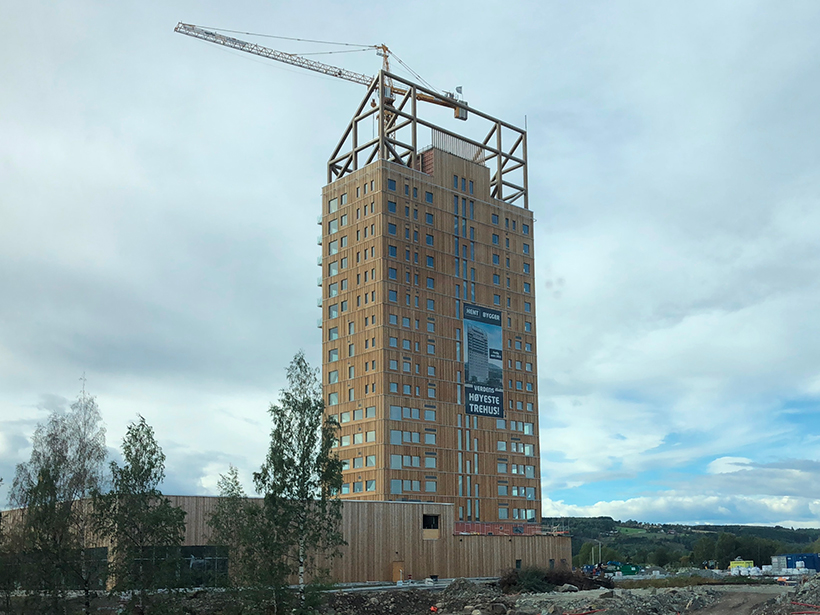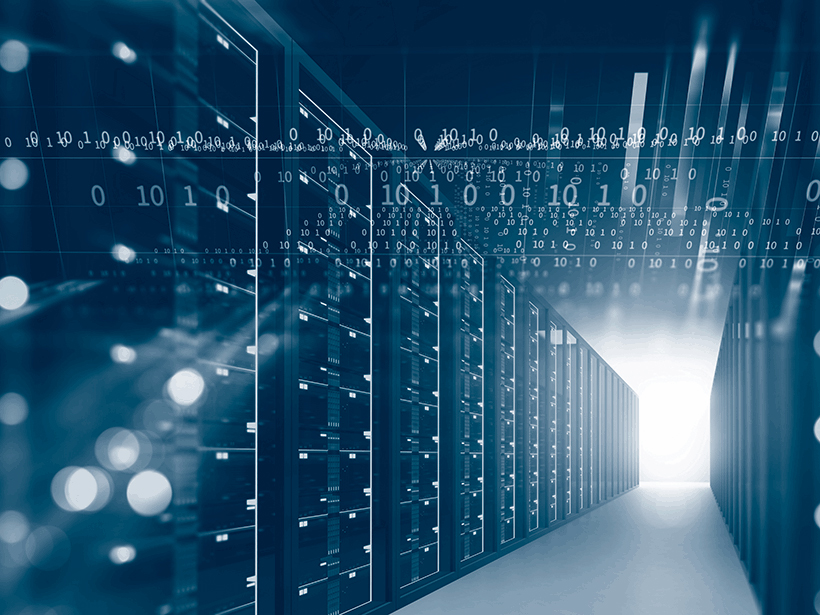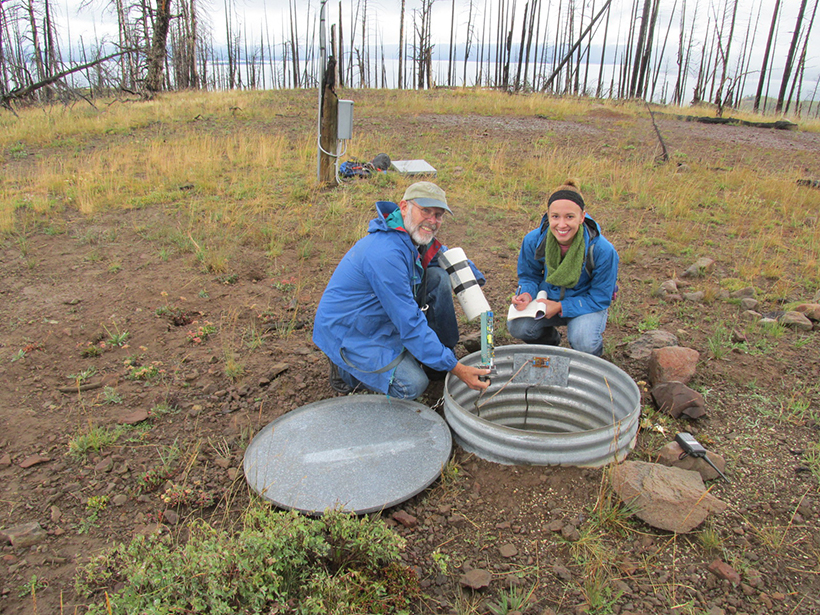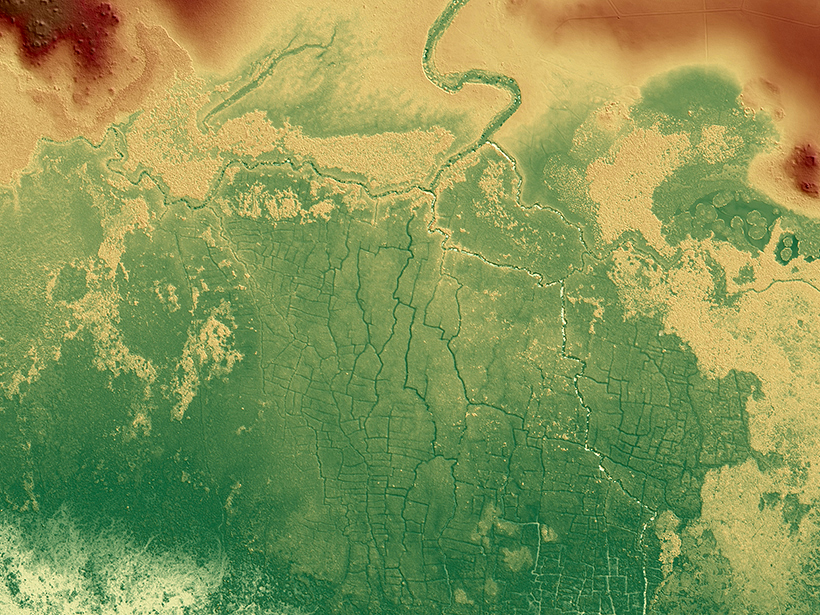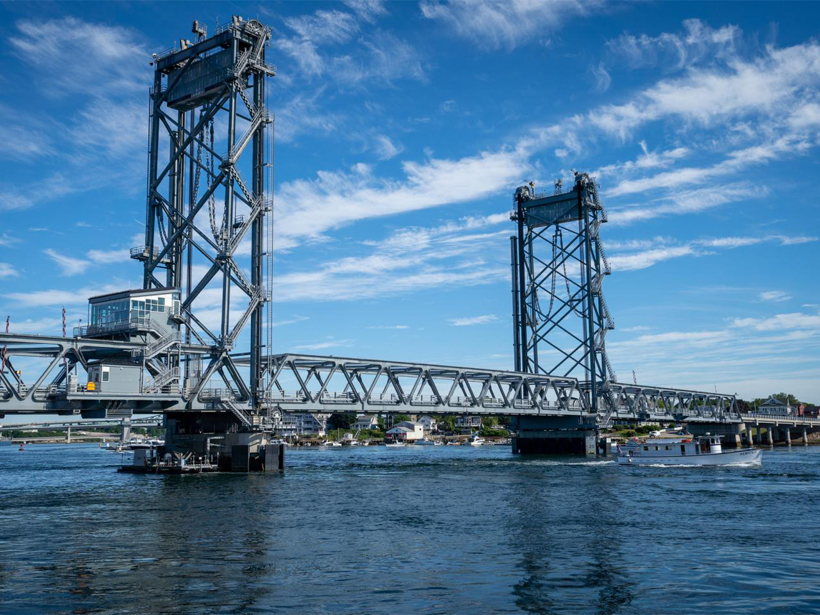To keep carbon out of the atmosphere, researchers argue that we need to return to one of the world’s oldest building materials: wood.
hardware & infrastructure
Binocular Astronomy
Explore the night sky with your own two eyes and a touch of magnification.
A Geodata Fabric for the 21st Century
We have the potential to transform our understanding of Earth—if we can just figure out how to harness ever growing data streams.
Could Seismic Networks Reveal Hard-to-Detect Nuclear Tests?
In the age of monitoring nuclear weapons testing, existing regional seismic networks may be a key to discovering small, undetected explosions around the world.
Ancient Maya Farms Revealed by Laser Scanning
One agricultural network was 5 times larger than earlier estimates, and the fields may be an early source of human-caused greenhouse gas emissions.
Wind-Triggered Ground Shaking Masks Microseismicity
Ground motion caused by gusts of wind can drown out signals from the smallest earthquakes, potentially confusing earthquake detection algorithms.
This Bridge Monitors the Environment and Harnesses Tidal Energy
The “smart” Memorial Bridge spanning the Piscataqua is outfitted with a tidal turbine and more than 40 sensors.
Meteotsunami Spotted for the First Time in the Persian Gulf
The Persian Gulf, a region with high-end resorts and oil-related infrastructure dotting its shorelines, was hit in 2017 by weather-induced waves that rolled roughly a kilometer inland.
Looking Straight at the Sun
Thanks to some crucial calibrations, the world’s biggest solar telescope will have a clearer view of the Sun.
Recycled Glasses Connect Eclipse Watchers Across the Equator
Instead of throwing them in the trash, millions donated their slightly used eclipse glasses so that others around the world could share the experience.

